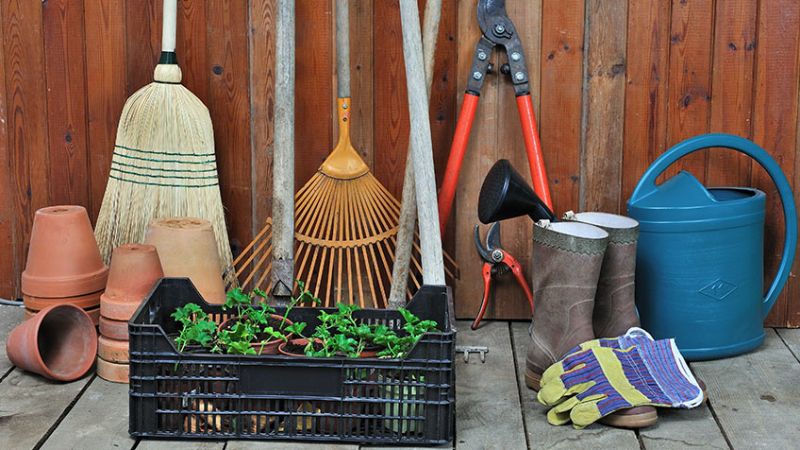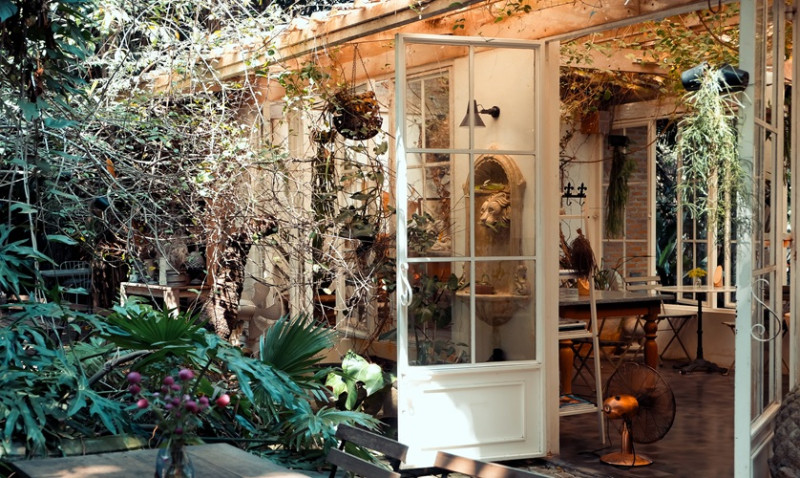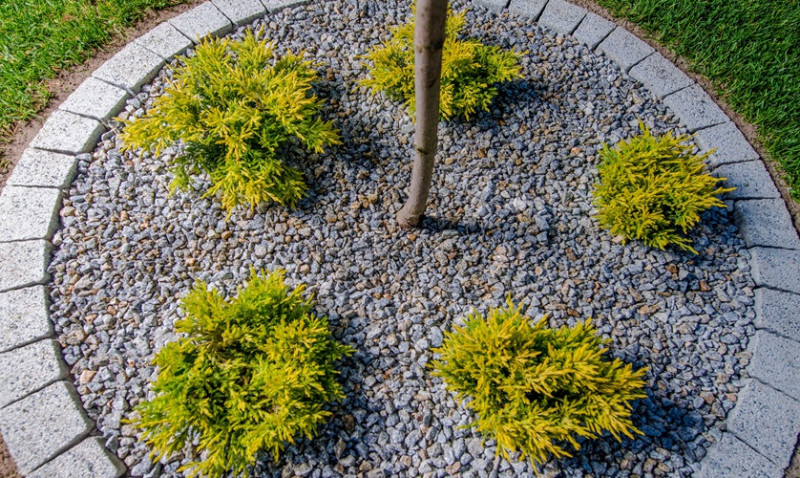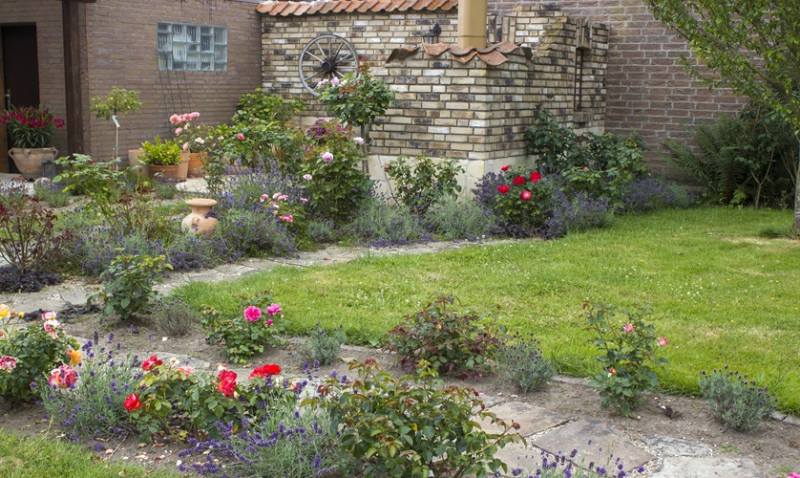
We embrace spring in March, and as the weather warms and the days lengthen, we begin to spend more time outside. In the city, it is mostly a time for long walks in the parks, but outside of metropolitan areas, the arrival of the lovely season heralds the start of more active garden labour. Do you believe it's too early to start thinking about what to plant in the vegetable or decorative garden in March? Indeed, the third month of the year is an excellent time to consider landscaping and other gardening chores, such as planting. In other words, roll up your sleeves and get ready to plant!
Some operations in the decorative garden
Before we get into what to plant in the vegetable garden in March, let's talk about the decorative plants that are so important to a successful garden. If you haven't yet removed dead stems from last year's perennials, this is the final chance before new growth emerges, making it difficult to identify what to pick and what to keep. Cut coneflowers, coneflowers, and other Asteraceae perennials as near to the ground as possible if you have them.
If you haven't pruned your roses yet this month, now is the time to do so. Just make sure there isn't any fresh growth. Climbing roses should be pruned into a fan shape to encourage the most blooming branches. Remove some of the more mature branches. These bushes may usually be clipped approximately 20cm above a good bud from the ground.
Please see whether you have any clumps of plants that need to be thinned down. Keep an eye out for overcrowded perennial beds; they'll feel better if they have more area to flourish. Plants like lady's-wort, geraniums, lilies, and irises, for example, develop a lot of new stems and should be pruned. This will keep the plants healthy and allow you to enjoy them in several locations throughout the garden. Remember that biennials like daisies (Bellis perennis), forget-me-nots, wallflowers, and pansies will blossom the following year if you plant them.
Prepare well for sowing vegetables
If you turned the soil in February, you are simply left with the last preparations before sowing. Remove any visible weeds, stones, old root fragments, and wind-blown debris. Large, compacted clods should be broken up, the top layer aerated, and an all-purpose organic fertiliser sprinkled on top. Your seedbed will be ready for fresh crops when you rake the dirt.
What is best to plant in March in the vegetable garden?
Beginners frequently worry about what to put in the vegetable garden in March, but the most essential issue is where to plant what. Some fruits and vegetables may be planted straight in the ground, while others demand more forgiving growing conditions. For example, lettuces, lettuces, and cauliflowers may be planted under unheated cover, but tomatoes, eggplants, peppers, and cucumbers will need higher temperatures to thrive and live. If you don't have access to a heated greenhouse, you can start them indoors and move them to the garden once they've grown sufficiently and the weather is suitable.
Fortunately, there are a considerable variety of vegetable plants that may be planted in the ground during March. Peas, Brussels sprouts, beets, and a variety of summer and fall cabbages can all be planted outside. Leeks, spinach, turnips, Jerusalem artichokes, green onions, and broad beans are all in this category. If you're wondering what to grow in your vegetable garden in March, consider carrots and parsnips.
Planting early potatoes, garlic, and shallots is also an excellent idea now. Artichokes, asparagus, and strawberries may all be planted in your garden once the soil is warm enough. Don't forget about the various aromatic herbs like dill, parsley, thyme, basil, and rosemary, which you can discreetly grow in the yard or in pots to set on the terrace or even on the balcony when the frosts have passed. What to grow in the vegetable garden in March appears to be a question with numerous solutions, some of which are more delicious than others!






